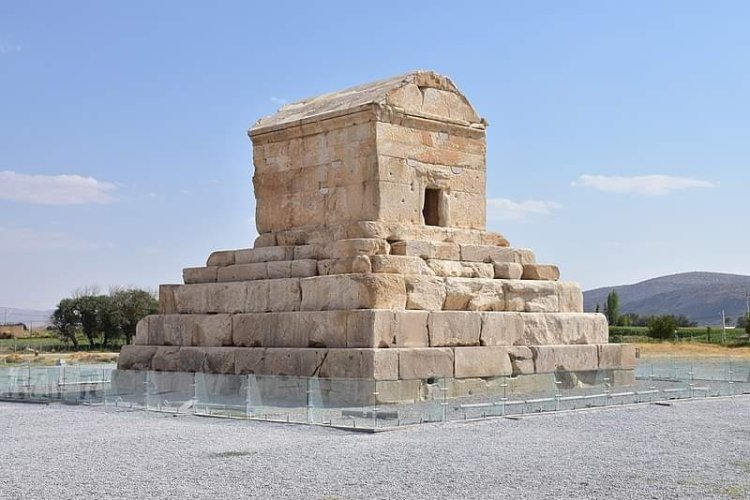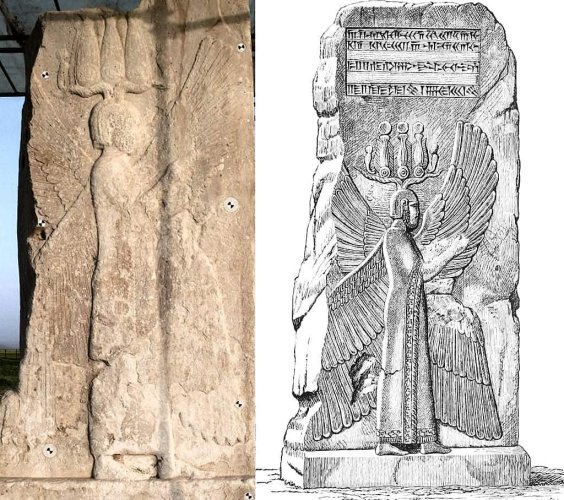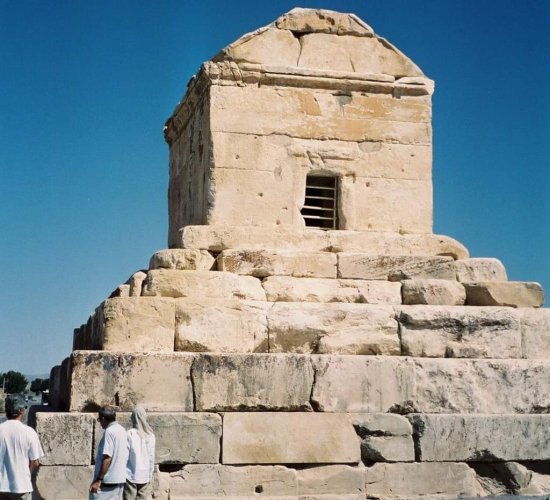
The Tomb of Cyrus is a monument thought to be the tomb of Cyrus the Great, the founder of the ancient Achaemenid Empire. It is located in Pasargadae, an archaeological site in the Fars Province of Iran. Cyrus the Great, was the founder of the Achaemenid Empire, the first Persian empire.
Under his rule, the empire embraced all the previous civilized states of the ancient Near East, expanded vastly and eventually conquered most of Western Asia and much of Central Asia. From the Mediterranean Sea and Hellespont in the west to the Indus River in the east, Cyrus the Great created the largest empire the world had yet seen.
According to Greek literary sources, the monument dates back to approximately 550–529 BC. The most extensive description of the structure, based on a lost account by Aristobulus (who had accompanied Alexander the Great on his eastern campaigns in the late 4th century BC), is to be found in The Anabasis of Alexander (6.29), written by Arrian in the 2nd century AD.

The mausoleum is a significant historical example of earthquake engineering as it is said to be the oldest base-isolated structure in the world, allowing it great resilience against seismic hazards. It is one of the key Iranian cultural heritage sites.
The tomb of Cyrus is located in the southern corner of the site, which was once the royal park of Pasargadae and is built of yellowish-white limestone , probably from the Sivand mine . The tomb building has been resistant to natural and unnatural factors for 2500 years and is still standing in Pasargad plain.

